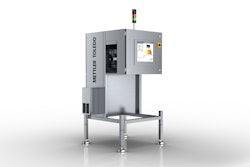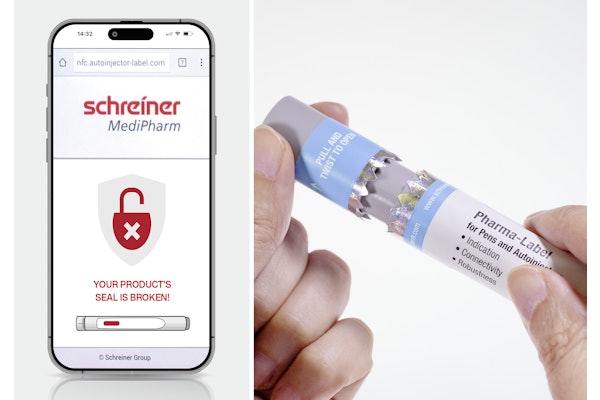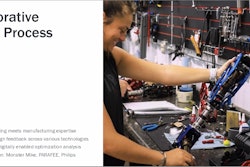
We’ve discussed before that change comes slowly for pharmaceutical, medical device, and biologics manufacturers that must package their products to ensure their quality and safety.
But organizations producing regulations and standards are moving forward to address critical changes in the market.
That is one theme here at Brussels, Belgium at PDA Europe, "Parenteral Drug Association’s 2014 Parenteral Packaging: Current and Emerging Technologies and Regulations.”
Even the U.S. Food and Drug Administration is looking back at its 1999 “Container Closure Systems for Packaging Human Drugs and Biologics Guidance” and may reach out to stakeholders to discuss a possible update.
Meanwhile, U.S. Pharmacopeia is in the midst of major revisions to General Chapter 661, says Desmond Hunt, Senior Scientific Liaison working on standards development.
In his presentation at PDA Europe, “U.S. Pharmacopeia: Plastic Packaging Materials and Systems for Drug Products,” Hunt mentioned to the packed house, “We received feedback from stakeholders regarding the current chapter with a general consensus being that it adds no value in helping manufacturers determine if a final packaging system is safe and suitable for its intended used.”
This is serious criticism considering all chapters number below 1,000 are mandatory and used by the FDA for regulatory practices. Chapters numbered above 1,000 are considered informational, but in many countries (such as Brazil) are considered enforceable.
“Quality by design and risk management are growing philosophies in the industry,” said Hunt. “Shouldn’t our packaging standards reflect that?
“So beginning with the 2010 revision cycle we wanted to bring the packaging chapters into the 21st century,” said Hunt.
661.1 sets basic minimum requirements that should help determine suitability of the materials like films or resins, offering test methods to ensure well characterized materials are utilized.
661.2 addresses the suitable and safety of the final packaging system, based on it being constructed from well characterized materials (661.1).
661.3 will address plastic single-use manufacturing systems.
Other new additions will look at extractables and leachables as well as specifics regarding leachable testing for orally inhaled nasal drug products.
USP does not work in a vacuum, Hunt reminded the crowd. It takes into account stakeholder feedback to make sure the chapters are not creating an undue testing burden.
“And sometimes we do get feedback that we just disagree with philosophically, but I can assure you we read every comment and take each offering under consideration.
“Stimuli articles have been published sharing our philosophy of why we are changing what we are changing,” Hunt added. “There’s still more to do taking into account the risk-based approach the FDA is promoting. Sometimes our approach seems crystal clear, but six months later you look back and realize you have not included everything that needs to be there.”






















